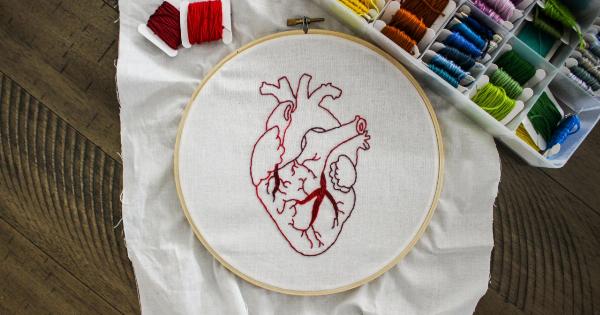Diabetes is a chronic health condition that affects millions of people around the world. It is a metabolic disorder that occurs when the body is unable to produce or properly use insulin, a hormone that regulates blood sugar levels.
Diabetes can lead to a number of complications, including vision impairment.
In this article, we will focus on adolescents with diabetes who are at risk of developing vision impairment. We will discuss the causes, symptoms, and treatment options for this condition.
Causes of Vision Impairment in Adolescents with Diabetes
Diabetes can lead to vision impairment in a number of ways.
One of the main ways that diabetes affects the eyes is through damage to the blood vessels that supply the retina, a thin layer of tissue at the back of the eye that plays a critical role in vision.
Two conditions that may result from this damage are diabetic retinopathy and diabetic macular edema.
Diabetic retinopathy is a condition in which the blood vessels in the retina become damaged and begin to leak fluid or blood, which can lead to vision loss. Diabetic macular edema is a condition in which fluid accumulates in the macula, which is the central part of the retina responsible for sharp, detailed vision.
In addition to these conditions, diabetes can also lead to the development of cataracts and glaucoma, two other common causes of vision impairment.
Symptoms of Vision Impairment in Adolescents with Diabetes
The symptoms of vision impairment in adolescents with diabetes can vary depending on the underlying cause of the condition. Some common symptoms include:.
- Blurred or distorted vision
- Difficulty seeing at night
- Loss of vision in one or both eyes
- Floaters or spots in the field of vision
- Decreased color vision
- Eye pain or discomfort
If you or your child experiences any of these symptoms, it is important to schedule an appointment with an eye doctor as soon as possible.
Treatment Options for Vision Impairment in Adolescents with Diabetes
The treatment options for vision impairment in adolescents with diabetes depend on the underlying cause of the condition. For diabetic retinopathy and diabetic macular edema, treatment may include:.
- Laser treatment to seal leaking blood vessels
- Injections of medication to reduce inflammation and swelling in the eye
- Surgery to remove blood or scar tissue from the eye
For cataracts and glaucoma, treatment options may include:.
- Cataract surgery to remove the cloudy lens and replace it with an artificial lens
- Medications or surgery to lower intraocular pressure in the eye
If caught early, vision impairment in adolescents with diabetes can often be managed and even reversed with proper treatment.
It is important to work closely with your healthcare team to monitor your child’s blood sugar levels, manage any medications or treatments, and ensure their continuing eye health.
Prevention of Vision Impairment in Adolescents with Diabetes
Prevention of vision impairment in adolescents with diabetes is key to ensuring their long-term eye health. Some steps that can be taken to prevent or mitigate the development of vision impairment include:.
- Maintaining good blood sugar control
- Regular monitoring of blood sugar levels
- Frequent eye exams
- Managing blood pressure and cholesterol levels
- Maintaining a healthy diet and exercise routine
By taking these steps, adolescents with diabetes can reduce their risk of developing vision impairment and other complications of the condition.
Conclusion
Vision impairment is a common complication of diabetes, and adolescents with the condition are particularly at risk.
By understanding the causes, symptoms, and treatment options for this condition, parents and healthcare providers can work together to manage and prevent vision impairment in adolescents with diabetes.





























